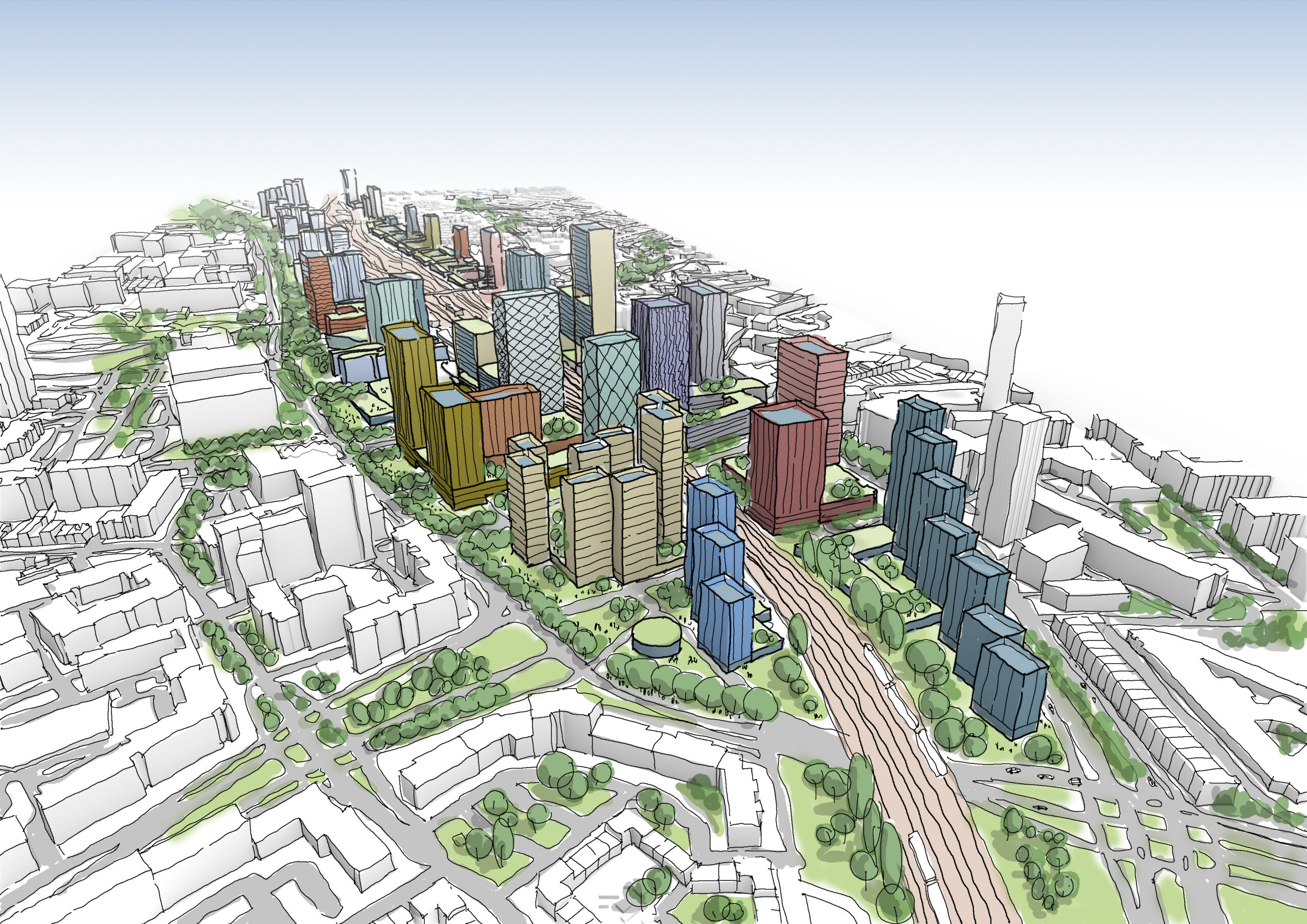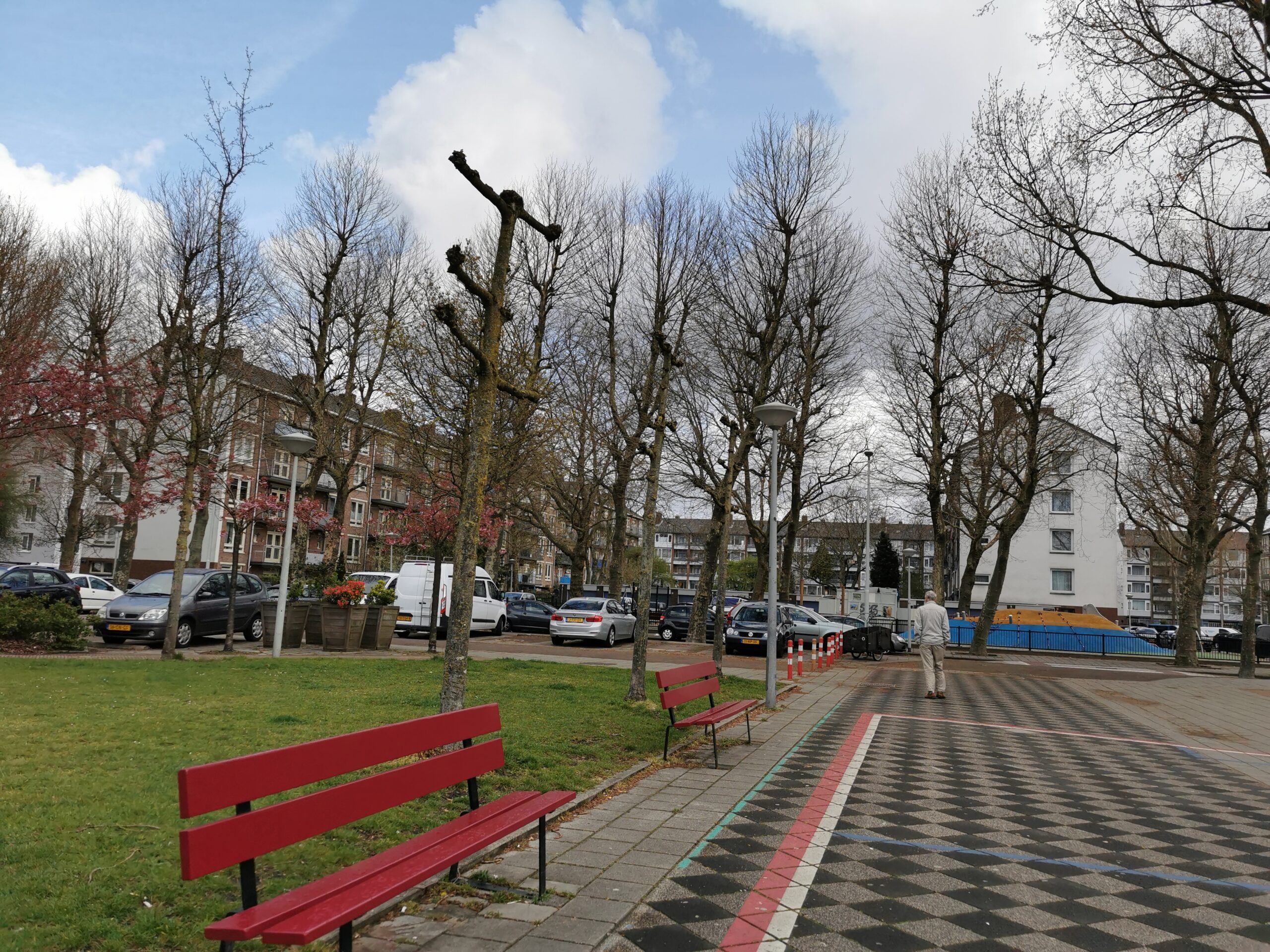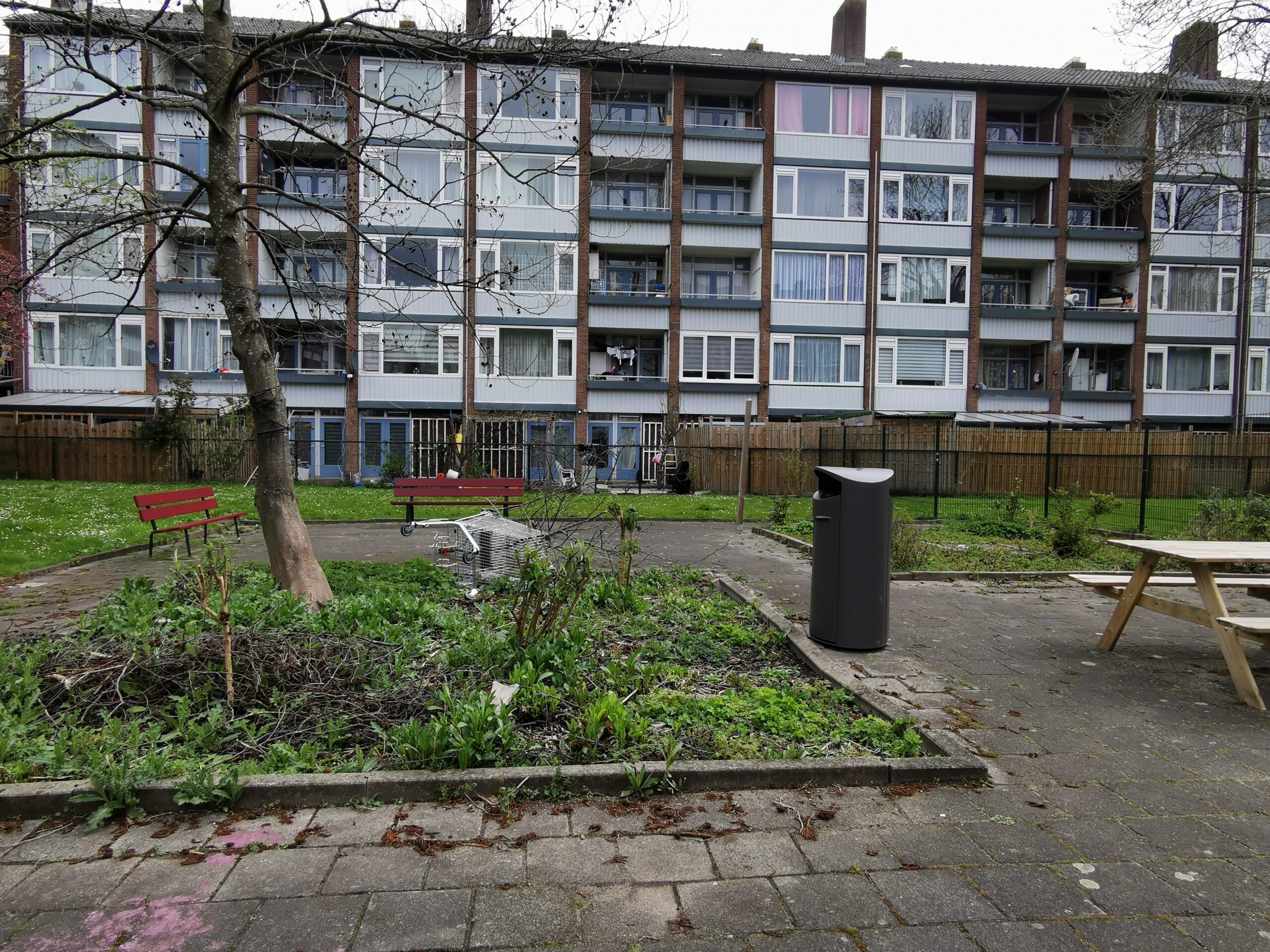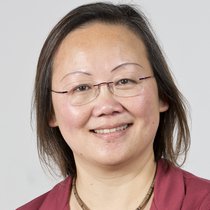Navigating Complexity: Collaborative Action in Inner-City Urban Renewal
Editie: 32 - Inner City Restructuring
Published on: 11 juni 2025
Inner-city urban renewal has been a powerful intervention used in Dutch cities and abroad for decades to address spatial, social and economic problems. Meanwhile carrying out inner-city urban renewal often encounter complex ownerships, diverse stakeholders, different perspectives on the vision and objectives regarding the location. This paper reviews the key issues related to inner-city renewal emerged from both academic debate and practices, with special attention paid to current burning issues such as fragmented land /property ownership, collaboration between stakeholders and citizen participation as well as innovative financing instruments.
Inner-city renewal: objectives, efforts and controversies
Urban renewal is a complex process that aims at the revitalisation of urban space by improving societal, economic, physical and environmental aspects (Xia et al., 2024). Large-scale inner-city renewal has prevailed in cities worldwide, including the US, Europe, and later Asia, since the 1960s. These projects were usually initiated to modernise older urban cores or improve the living conditions of citizens in old neighbourhoods (Zhang & Fang, 2024). Later urban renewal covers diverse tasks, ranging from creating more office space for Central Business Districts (CBD), providing new houses for neighbourhood residents, upgrading dilapidated and impoverished neighbourhoods, renewing urban infrastructure or transforming preserved heritage sites (Musterd & Ostendorf, 2008; Zheng & Wang, 2014).
There are many justifications for the effectiveness of urban renewal. Zheng et al. (2020) used multi-dimensional positive externalities to describe the positive effects on site. Usually, health and safety hazards in the neighbourhood will be reduced after deteriorating buildings are removed. After renewal, public facilities, amenities and public space get improved and underused or obsolete land can be modified with a new function. Urban renewal provides the opportunity to unleash the development potential of the land, a neighbourhood or a district. An improved urban environment can attract business and human activities, increasing property value and demand in the vicinity. If done correctly, urban renewal programs allow stakeholders to capture and redistribute substantial land and property value with joint renewal efforts (Canelas and Noring 2022).
Despite value-capturing possibilities, carrying out urban renewal projects needs to address extra complexities before reaching the goal of value-capturing. First, urbanism’s intervention in urban renewal often addresses locations with extreme shortages when providing urban functionality and quality of space. The problem is inherited within the spatial-social economic context in different renewal projects and needs substantial intervention at a large urban scale. Besides bold intervention strategies, significant investment from diverse sources must be mobilised in urban renewal projects. Second, urban renewal programs often use the built environment, which has fragmented land and property ownership. The land ownership belongs to various owners from the government, semi-public institutions and diverse private owners. Besides, there is a large number of existing properties on-site that belong to diverse individual owners. Any readjustment of land function and the following renewal program will substantially influence the interest of all involved parties. These complex land and property ownership are encountered in various inner-city urban renewal projects like Binkhorst in the Hague, Rotterdam Central District or Knoo
p XL project around the Eindhoven Central Station. Third, the community’s interest is underestimated in the renewal process despite often state-led renewal programs and various social strategies involved. Urban renewal efforts in European, Asian and American cities have all suggested a specific linkage between urban renewal and gentrification (La Grange and Pretorious 2016; Hyra 2012; Musterd and Ostendorf 2023). The research indicates gentrification can occur when no community input is included in the planning and implementation. On other occasions, when there is no price protection for existing housing values, rent and tax may increase, which may have a negative impact on lower-income families (Mehdipanah et al. 2018).

Figure 1: Bird view of urban renewal development proposal Fusion of Fellenoord at Eye Level for the Knoop XL project in Eindhoven, proposed by the master students from Management in the Built Environment Track, Faculty of Architecture and the Built Environment, TU Delft, drawing made by Olga Surogina
Learning from Urban Renewal Practices
Because of the complexity explained before, establishing appropriate strategies to address these tensions is crucial for the success of the renewal projects. Among these, fragmented land ownership, citizen participation from the community and mobilising finance are often mentioned challenges.
Addressing fragmented land ownership. There are different ways to make effective use of fragmented land ownership. For example, land pooling is a land management technique and legal instrument that pools together the land of a group of landowners together for development and the individual landowner “got part of the land as compensation that may not necessarily be the same land but equivalent to the original land value followed by the development of infrastructure” (Akinyode 2022). The idea of land pooling has been explored in the Utrecht Merwede project. The bold solution to address fragmented land ownership was to switch land parcels so that private landowners could use land from the municipality for redevelopment, and the land parcel owned by the private landowner could be used for other public functions (Stauttener and Daamen 2025). This land swap can inspire inner-city renewal when individual landowners hesitate if there is a mismatch between the vision and their expectations (in function, the number of properties, final profit margin).
Citizen participation in urban renewal. Citizen participation has been considered an effective process that includes citizens’ interests, values, and preferences in the decision-making process of urban renewal projects. This focus not only emphasises the inclusion of local knowledge and common sense but also debates the truthfulness, besides stressing the key elements of social sustainability such as empowerment, social equality and social justice (Bidwell and Schweizer 2021). The prolonged transformation process of the Wildemanbuurt in Amsterdam has seen a few attempted failed participation processes in a decade. The report from Can et al (2018) discovered that the inhabitants across different age range have lost their trust in the municipality because of the years’ absence of (physical, social/safety, and economic) interventions by the municipality. With the enforcement of public participation by the Built Act since 2024, the urban renewal program needs to start with public participation as soon as the project begins in the making and the municipality must put communication with the community and participation as top priority.
Mobilising diverse financial sources. Urban renewal can be less attractive for investors and investment, but substantial investment is often necessary for various spatial, social and economic changes. For urban renewal to be realised, both the public and private sectors must collaborate with and influence each other to create opportunities for synergistic outcomes (Toukola et al 2023). Especially with the retreat of the public financing of urban development, various real estate funding mechanisms that accommodate private developers as well as private finance create an out-of-box effect to align new investors and partners in renewal programs, as is demonstrated in the case of four waterfront redevelopment projects in Shanghai (Chen 2022). The four waterfront redevelopment projects along the Yangpu River including Lujiazui Financial Centre, West Bund, World Expo 2010 and Yangpu Waterfront shed some light on what financial instruments can be explored behind each project that was initiated at different historical moments. Chen (2022) identified that several real estate funding mechanisms were explored, such as the solidarity mechanism (tax-related policy, special economic zone), the public-private partnership mechanism (public-private partnership or private finance initiative), the loan and bond mechanisms (bonds, loans, trusts) across the four projects. These innovative financing instruments can be observed in various inner-city urban renewal projects across the global.


Figure 2 &3: The street view of the Wildemanbuurt, photos made by the author
Conclusion
Urban renewal is a deliberate intervention that helps adjust the existing environment to present and future requirements. While a direct response may enhance land use efficiency and land value by providing infrastructure facilities and amenities without displacement of existing residents, urban renewal projects can rely on one more creative strategy (e.g. land pooling, land swop) to facilitate the renewal process. While the future perspective of the built environment strives for a sustainable, resilient and healthy urban environment, the co-creation process, as this paper has demonstrated, cannot be made without the coalition of the public and private sectors and the participation and support from the citizens and the community as a whole.
About the Author: Yawei Chen
| Dr Yawei Chen is an assistant professor in Urban Development Management at the Department of Management in the Built Environment, Faculty of Architecture and the Built Environment, at the Delft University of Technology. Her research focuses on strategies, governance innovation and sustainability in developing complex urban regeneration projects. She explores the possibility of integrating the knowledge of planning, design, governance, finance and property development to understand place-based urban intervention. Her recent research focuses on how various components of the built environment, such as neighbourhoods, different real estate types and public spaces, achieve socially sustainable human habitats in different geographical contexts through inclusive governance and community participation. She is involved in academic research, education and valorisation projects that link the management and governance of urban transitional projects to sustainability, urban equality, urban resilience, energy transition and circular economy. |  |
References
Akinyode, B.F., 2022. A critical review of land pooling technique for sustainable urban renewal in developing countries. GeoJournal, 87(4), pp.3265-3275.
Bidwell, D. and Schweizer, P.J., 2021. Public values and goals for public participation. Environmental Policy and Governance, 31(4), pp.257-269.
Canelas, P. and Noring, L., 2022. Governmentalities of land value capture in urban redevelopment. Land Use Policy, 122, p.106396.
Can, E., Patan, F., Smith, D., Sudarmando, D. and Bakker, L. (Ed), 2018, Portretten uit de Wildemanbuurt: een onderzoek naar de wensen en behoeften van verschillende bewonersgroepen. Gemeente Amsterdam.
Chen, Y., 2022. Financialising urban redevelopment: Transforming Shanghai’s waterfront. Land Use Policy, 112, p.105126. Hyra, D.S., 2012. Conceptualising the new urban renewal: Comparing the past to the present. Urban Affairs Review, 48(4), pp.498-527.
La Grange, A. and Pretorius, F., 2016. State-led gentrification in Hong Kong. Urban Studies, 53(3), pp.506-523.
Mehdipanah, R., Marra, G., Melis, G. and Gelormino, E., 2018. Urban renewal, gentrification and health equity: a realist perspective. The European Journal of Public Health, 28(2), pp.243-248.
Musterd, S. and Ostendorf, W., 2008. Integrated urban renewal in The Netherlands: a critical appraisal. Urban Research & Practice, 1(1), pp.78-92.
Musterd, S. and Ostendorf, W., 2023. Urban renewal policies in the Netherlands in an era of changing welfare regimes. Urban Research & Practice, 16(1), pp.92-108.
Stauttener, T. and Daamen, T., 2025, Samenwerken is ruilen voor het beste resultaat, 18 Maart 2025, https://www.gebiedsontwikkeling.nu/artikelen/samenwerken-is-ruilen-voor-het-beste-resultaat/
Toukola, S., Ahola, T., Ståhle, M. and af Hällström, A., 2023. The co-creation of value by public and private actors in the front end of urban development projects. International Journal of Project Management, 41(8), p.102542.
Xia, J., Zhao, Z., Chen, L. and Sun, Y., 2024. How urban renewal affects the sustainable development of public spaces: trends, challenges, and opportunities. Frontiers in Environmental Science, 12, p.1482169.
Zhang, Y. and Fang, K., 2004. Is history repeating itself? From urban renewal in the United States to inner-city redevelopment in China. Journal of Planning Education and research, 23(3), pp.286-298.
Zheng, H.W., Shen, G.Q. and Wang, H., 2014. A review of recent studies on sustainable urban renewal. Habitat international, 41, pp.272-279.
Mail the editors